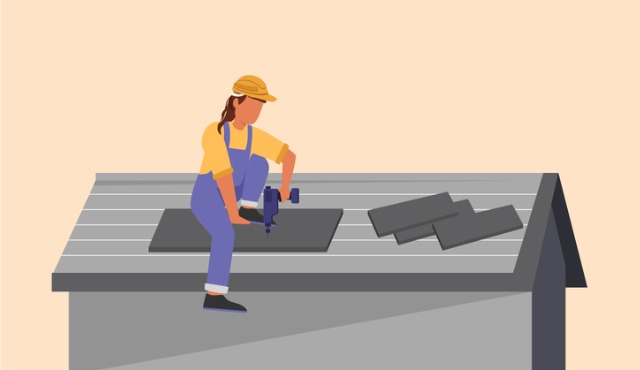By Kara Masterson
Roof restoration is an important step in keeping your home safe and secure. It can also be daunting if you don’t know what you’re doing or have never had to handle such a task before. Below are a few tips and tools for how to go about maintaining your roof, even if you’re a newcomer to the job.
Clean Your Roof Surface
The first step in any roof restoration project is cleaning the existing surface of the roof. This will help to clear away things such as storm debris or vegetation and allow you a clear look at the state of your roof and help ensure that any repairs you make are done on a clean, dry surface. Not to mention that clearing away vegetation allows your roof a longer lifespan, as things like algae or moss don’t have a chance to grow underneath your shingles or make their way through the roof itself and into the house. One of the best methods to do this is with a pressure washer.
Inspect for Damage and Make Necessary Repairs
Once your roof is clean, it’s time to inspect for damage and make necessary repairs. Start by looking for loose or missing shingles, broken tiles, cracked flashing and other signs of wear and tear that could lead to water infiltration in your home. If you find any damage, it’s important to repair or replace it before proceeding with the restoration process. It may be helpful to consult a professional if you find extensive damage that needs repairing, especially if the damage calls for a complete residential roofing replacement.
Apply Protective Coating
Once the roof has been inspected and repaired (if necessary), it’s time to apply a protective coating such as acrylic elastomeric paint or liquid rubber membrane sealant. These products will do their best to protect your roof from UV rays while providing waterproofing protection against problems such as rainwater infiltration. When applying these products, ensure they are applied evenly according to manufacturer instructions for maximum protection and longevity of your roof. The application can be made manually with a roller or sprayer – whichever works best for your circumstances and roof.
Restoring a roof requires careful attention to detail but can yield long-term benefits for homeowners looking for added protection from weather elements like sun rays or heavy rains. As long as you take the proper steps, such as cleaning the roof surface first and then inspecting it for damage, you should have no problem successfully restoring your rooftop! With these tips, you can go forth confidently into your next DIY project!
 Kara Masterson is a freelance writer from Utah. She enjoys playing tennis and spending time with her family. If you are looking for a professional roofer, Masterson recommends contacting Precise Roofing & Contracting.
Kara Masterson is a freelance writer from Utah. She enjoys playing tennis and spending time with her family. If you are looking for a professional roofer, Masterson recommends contacting Precise Roofing & Contracting.








